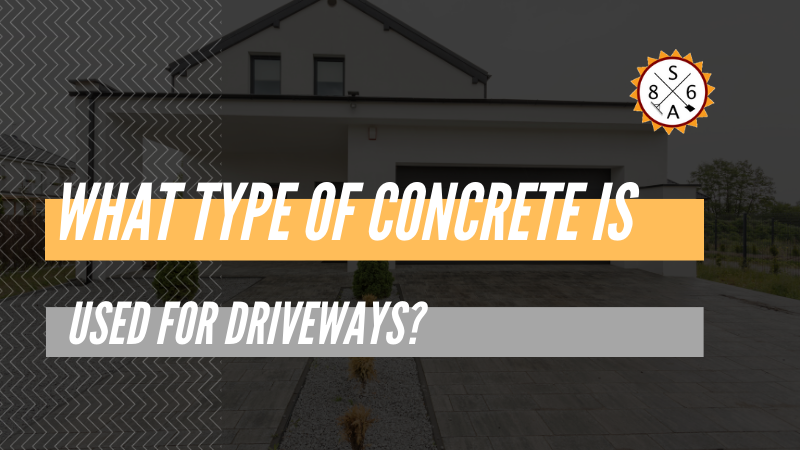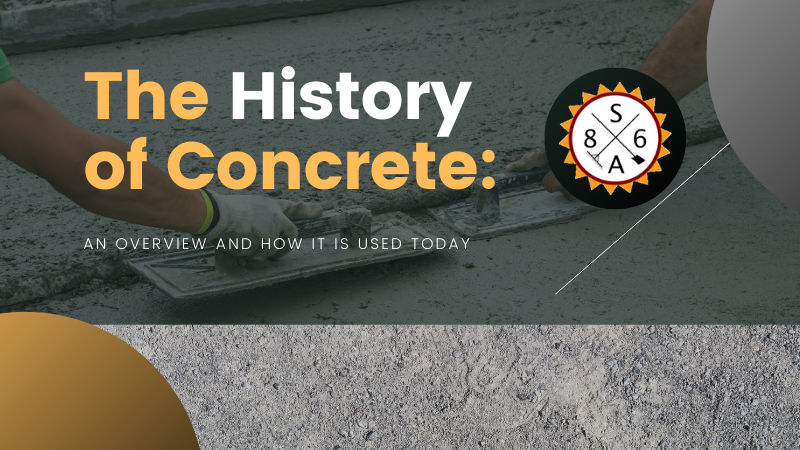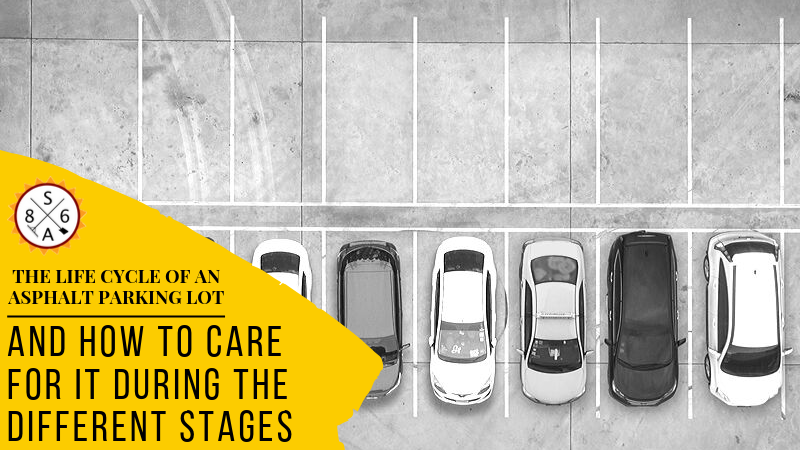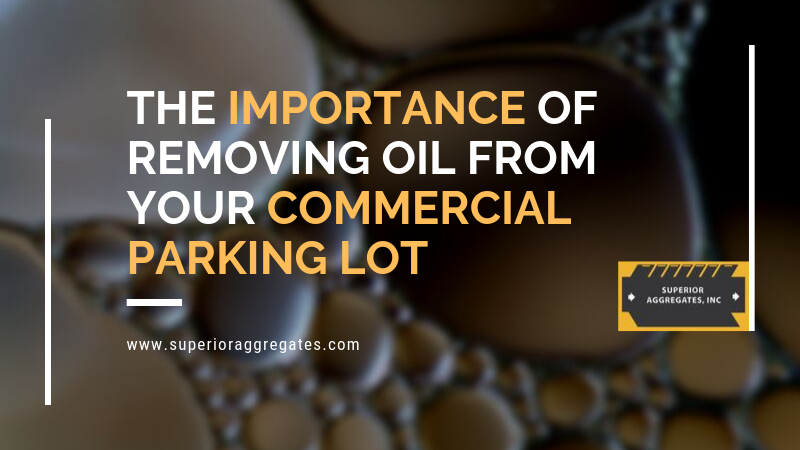
What Type of Concrete Is Used for Driveways?
If you are thinking about adding a driveway or repairing your current one, then you are probably wondering what type of concrete is going to be used. The reality is that there are many different types and mixes of concrete. Therefore, the right mixture for one job might not be ideal for a different job. If you are thinking about installing a concrete driveway, then you need to consider the strength of the concrete, its air entrainment rating, its overall size, and even its slump rating. This is why it is a good idea to reach out to a concrete company for help. When it comes to concrete for your driveway, there are a few points to keep in mind.
The Characteristics That Define Concrete for a Driveway
If you are looking for concrete for your driveway, then you need to make sure that you find concrete that is going to be able to withstand the weight of vehicle traffic. Ideally, you need concrete that can stand up to 4,000 pounds per square inch for your driveway. During the cold winter, you also need to look for a concrete mix that has a six percent air-entrainment value. This will create small bubbles in the mix of concrete, providing water in the concrete a place to go when it freezes and expands.
In addition, in order to make the installation process easier, you need to think about the slump rating. Slump is a measurement of the workability and thickness of the concrete once it has been mix. You are looking for a slump rating of around 4 to 5 inches in order to make the installation process easier.
The Installation Process of Concrete for Driveways
Before your driveway can be poured, a contractor has to make sure that the site is prepared properly. This means providing a smooth, firm base upon which the concrete can be poured. Once the site has been formed properly, it is time to mix the concrete with water. Usually, ready-made concrete is used for concrete driveways because it meets many of the characteristics above. Once the mix is ready, the contractor will pour the wet concrete into the driveway, using shovels and rakes to ensure the concrete is laid out properly.
Once the concrete has been poured, it is going to be troweled and finished. This will make sure the final product looks appropriate. Finally, the concrete has to be cured as well. The curing process could last as long as 28 days, with the first few days being the most critical. This will harden the surface, allowing it to withstand the stress of routine foot and vehicle traffic. Then, the concrete driveway is finished.
Rely on an Experienced Concrete Company for Help Installing a Concrete Driveway
These are just a few of the most important points that you need to keep in mind if you are looking for concrete for your driveway. You need to make sure that you find the right concrete that is going to allow your driveway to withstand not only the elements but also routine vehicle traffic. Then, you need to find a contractor who understands the process of installing a concrete driveway. If you have a concrete project in the near future, you need to reach out to an experienced concrete company for help. That way, you can ensure that the project is completed properly the first time around.
If you are thinking about adding a driveway or repairing your current one, then you are probably wondering what type of concrete is going to be used. The reality is that there are many different types and mixes of concrete. Therefore, the right mixture for one job might not be ideal for a different job. If you are thinking about installing a concrete driveway, then you need to consider the strength of the concrete, its air entrainment rating, its overall size, and even its slump rating. This is why it is a good idea to reach out to a concrete company for help. When it comes to concrete for your driveway, there are a few points to keep in mind.
The Characteristics That Define Concrete for a Driveway
If you are looking for concrete for your driveway, then you need to make sure that you find concrete that is going to be able to withstand the weight of vehicle traffic. Ideally, you need concrete that can stand up to 4,000 pounds per square inch for your driveway. During the cold winter, you also need to look for a concrete mix that has a six percent air-entrainment value. This will create small bubbles in the mix of concrete, providing water in the concrete a place to go when it freezes and expands.
In addition, in order to make the installation process easier, you need to think about the slump rating. Slump is a measurement of the workability and thickness of the concrete once it has been mix. You are looking for a slump rating of around 4 to 5 inches in order to make the installation process easier.
The Installation Process of Concrete for Driveways
Before your driveway can be poured, a contractor has to make sure that the site is prepared properly. This means providing a smooth, firm base upon which the concrete can be poured. Once the site has been formed properly, it is time to mix the concrete with water. Usually, ready-made concrete is used for concrete driveways because it meets many of the characteristics above. Once the mix is ready, the contractor will pour the wet concrete into the driveway, using shovels and rakes to ensure the concrete is laid out properly.
Once the concrete has been poured, it is going to be troweled and finished. This will make sure the final product looks appropriate. Finally, the concrete has to be cured as well. The curing process could last as long as 28 days, with the first few days being the most critical. This will harden the surface, allowing it to withstand the stress of routine foot and vehicle traffic. Then, the concrete driveway is finished.
Rely on an Experienced Concrete Company for Help Installing a Concrete Driveway
These are just a few of the most important points that you need to keep in mind if you are looking for concrete for your driveway. You need to make sure that you find the right concrete that is going to allow your driveway to withstand not only the elements but also routine vehicle traffic. Then, you need to find a contractor who understands the process of installing a concrete driveway. If you have a concrete project in the near future, you need to reach out to an experienced concrete company for help. That way, you can ensure that the project is completed properly the first time around.




